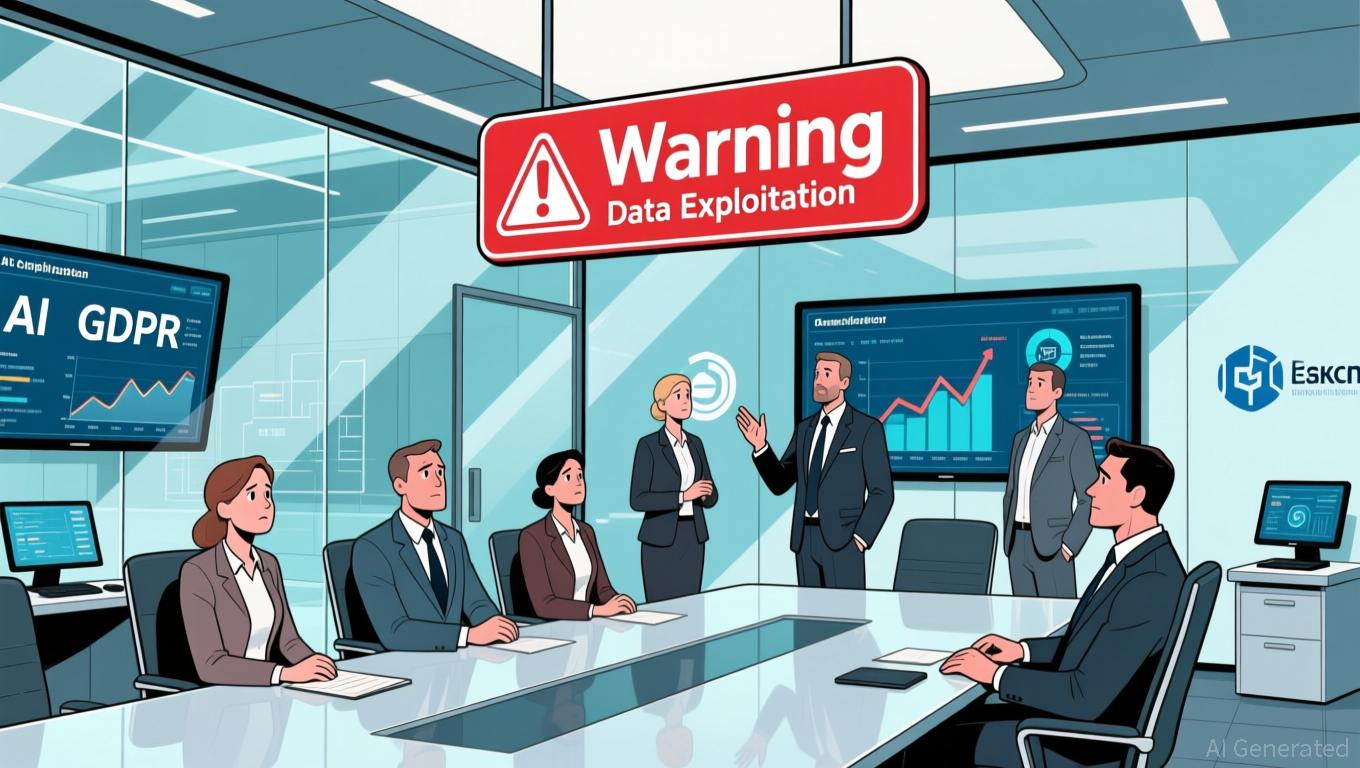Matt Carey, who co-founded and leads the Boston startup Teradar, actually enjoys hearing people say, “I don’t believe you.”
“That’s exactly the reaction we’re hoping for,” he recently shared with TechCrunch.
In recent years, Carey has been quietly developing a solid-state sensor that utilizes the terahertz range of the electromagnetic spectrum, which lies between infrared and microwaves. This device merges the durability and weather-penetrating abilities of radar with the sharp resolution typical of laser-based lidar sensors.
Since no one has ever produced a product like this at such a scale, skepticism is common when Carey describes his innovation. A sensor that offers both long range and high resolution at a reasonable price? It almost sounds unbelievable.
That’s usually when Carey demonstrates the technology, as he did at this year’s Consumer Electronics Show in Las Vegas. Outside the Westgate hotel, he showcased an early Teradar sensor to crowds, while representatives from major car companies watched it analyze the scene live.
“They really didn’t accept it until they tried it themselves,” he recalled. “I’ve never secured funding without spending significant time letting people test the demo and try to push its limits. That’s the way it should be, right?”
These demonstrations, along with the technology itself, helped Carey secure $150 million in Series B investment from backers such as Capricorn Investment Group, Lockheed Martin’s venture division, IBEX Investors, and VXI Capital, a new defense-oriented fund led by the former CTO of the U.S. Defense Innovation Unit.
Teradar says it is already collaborating with five leading automakers from the U.S. and Europe to test the technology, and anticipates landing a deal to install its sensors in a 2028 model vehicle, which means production readiness is needed by 2027. The company is also partnering with three Tier 1 suppliers, who will assist with manufacturing.
Teradar’s immediate objective is to have automakers use its sensors for advanced driver assistance and autonomous driving systems. The sensor, officially called the “modular terahertz engine,” can be tailored for various uses, and Carey mentioned its cost will be between that of radar and lidar—think several hundred dollars, not thousands.
“How do we get this sensor into every car? I drive a Ford Focus, and there’s no way you’d put a $1,000 lidar on it,” Carey remarked.
Carey’s motivation for founding Teradar came after losing a friend in a car accident.
“It was one of those rare situations where, due to the sun and fog, no current sensor could have prevented it,” he explained. In such conditions, cameras are often blinded by glare, lidar struggles with fog, and radar’s lower resolution limits its effectiveness.
At the time, Carey was considering a job with an automaker and thinking about self-driving technology. In 2021, he discussed the challenge with Gregory Charvat, CTO at spatial sensor company Humatics.
“[Charvat] said, ‘I’ve always wanted to create terahertz imaging,’” Carey recalled. Not long after, they launched Teradar, with MIT’s The Engine incubator leading their seed funding.
Teradar’s sensor could also have uses beyond automotive, such as in defense. The company’s investor list suggests strong interest from that sector, but for now, Carey says their main focus is automotive applications.
Carey acknowledges that he isn’t the first to explore the terahertz spectrum; there’s been plenty of academic work and some commercial attempts, mostly targeting industrial or security markets.
He credits recent progress in silicon technology and a specialized team—including co-founder Nick Saiz, whom Carey calls “the best terahertz chip designer in the world”—for enabling their rapid development and ability to attract major automakers.
That doesn’t mean the journey has been simple.
“It’s extremely challenging to get their attention, secure their investment, and gain access to their test tracks,” he said. “The fact that we’ve achieved all of that is hugely significant.”
In short: they’re convinced now.



